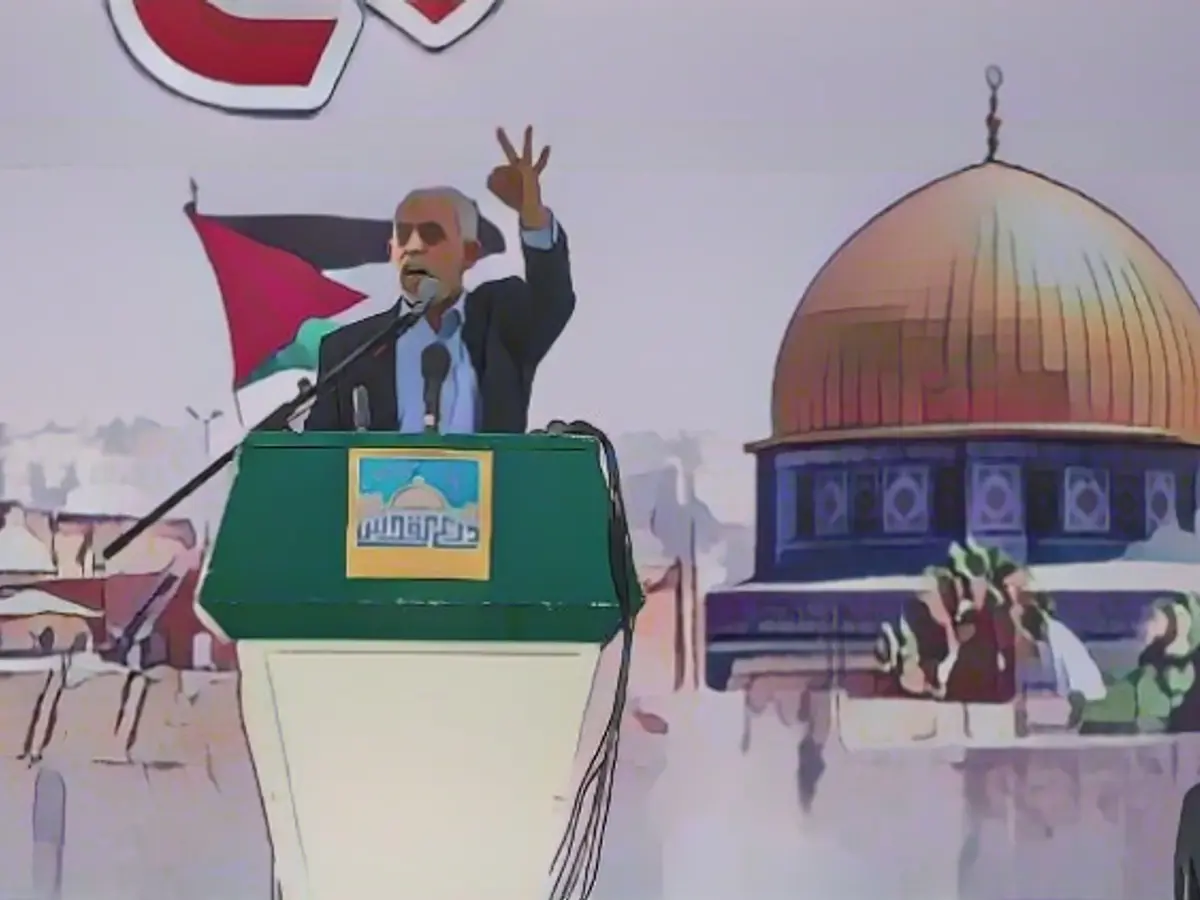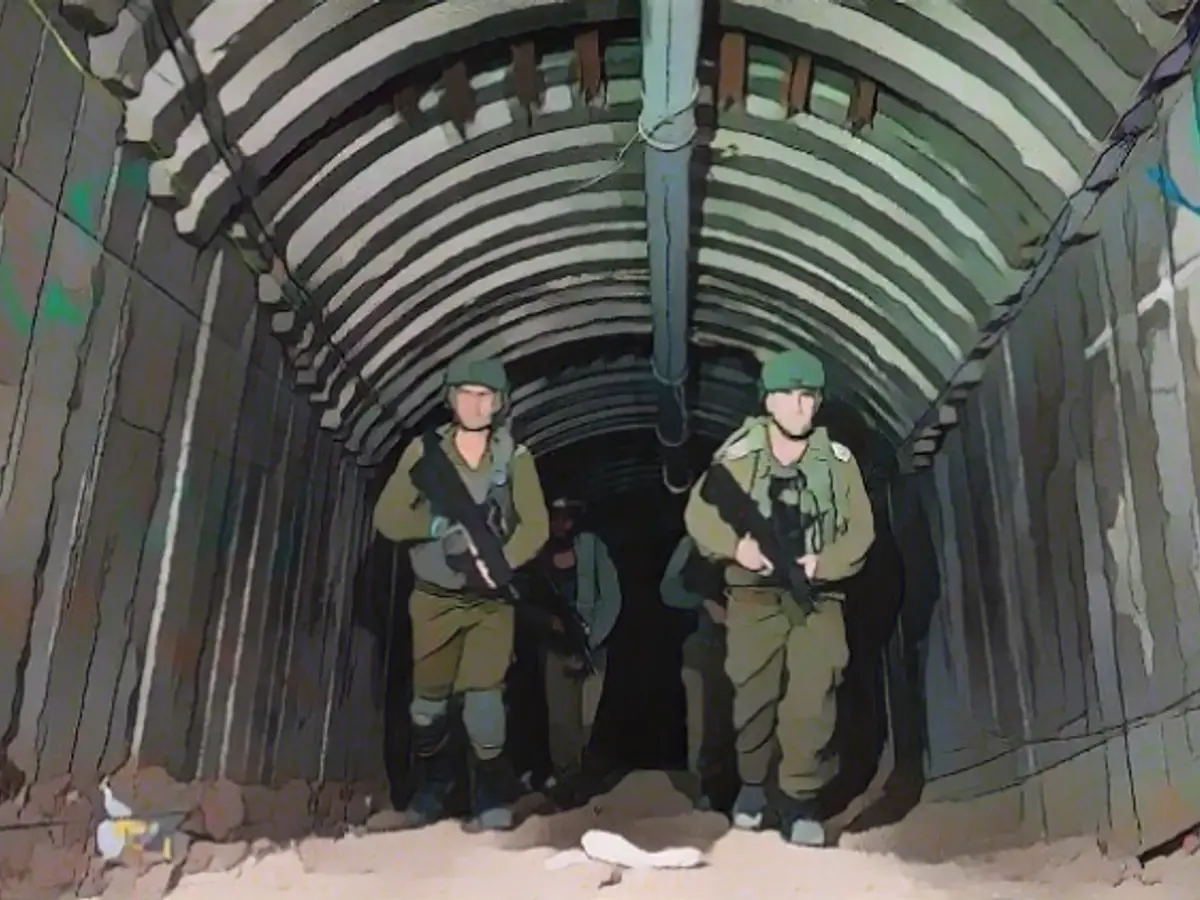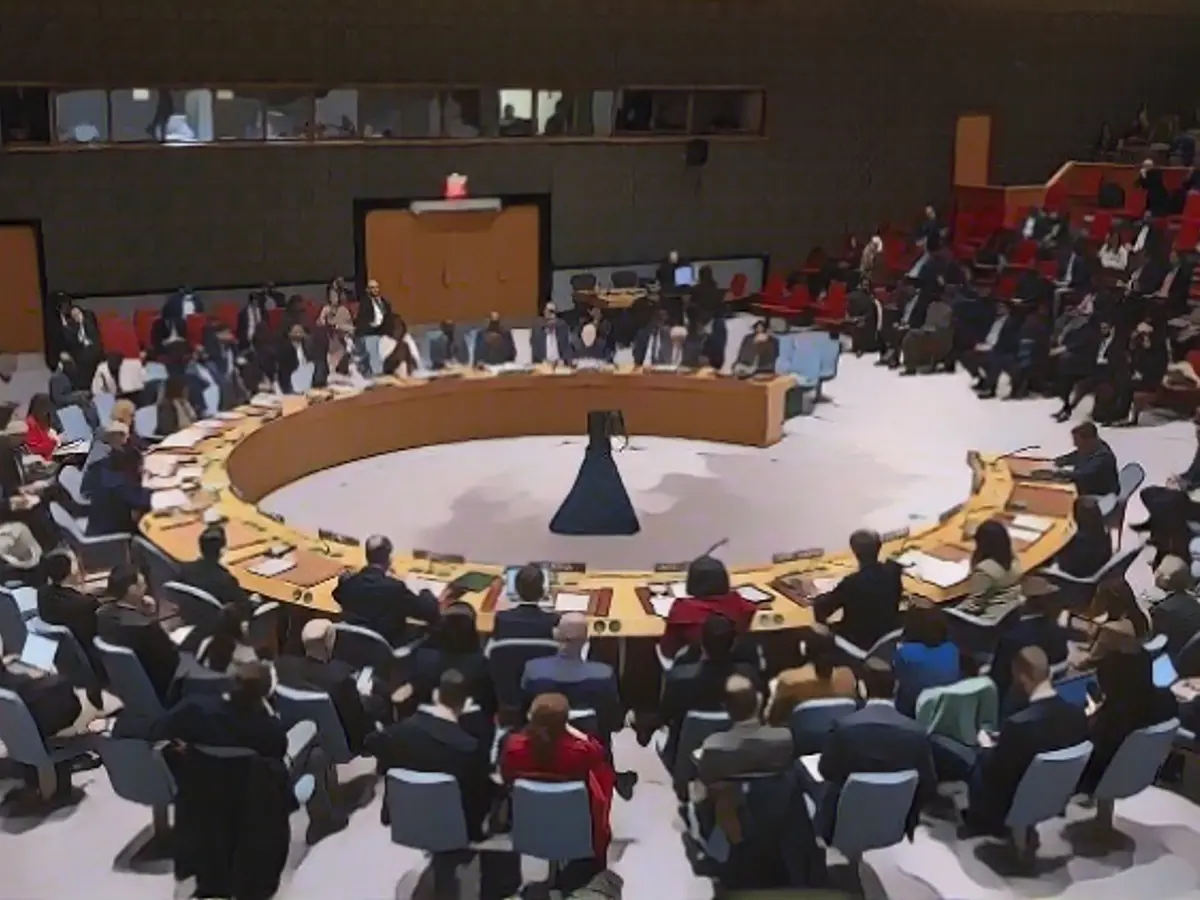Sheet of doubts: Palestinians freed once more
Will Israel's decision to release Palestinian prisoners bring solace or further turmoil to the region? With tensions already high, could the newfound freedom lead to another act of bloodshed, or will this time see solely the victims of unjust detainment walk away?
In a move towards peace, Israel agrees to release three Palestinian prisoners for each Israeli hostage freed by terrorists – yet, the stories behind these prisoners vary greatly. Whilst Israel sees them as convicted and accused terrorists, Palestinians argue they are victims of unlawful imprisonment by Israeli occupiers. However, neither claim holds scrutiny under close examination.
As the ceasefire and exchange negotiations commence, the Israeli Ministry of Justice presents a list of 300 prisoners who meet the agreement's conditions – primarily women and those under 18. If all goes according to plan during the four-day ceasefire, over 150 of these prisoners are expected to be set free in exchange for 50 Israeli hostages. A majority of these prisoners, however, are not teenagers or young adults aged 18, but rather adolescents and adults who have reached their 17th birthday. The youngest among them is only 14 years old – below the age of criminal responsibility.
Although there are convicted terrorists and criminals within this group, they account for only a small minority. Around 50 of them have actually been tried and convicted in court, with the remainder remaining in detention for over a year without formal charges. Most of these convicted individuals were sentenced by the Israeli military justice system set up in the occupied West Bank. This system, widely criticized by human rights activists of all ideologies, fails to meet constitutional justice standards by employing methods such as forced confessions, interrogations without legal counsel, and the imprisonment of minors without parents. Time and time again, courts have imposed prison terms for relatively minor offenses, such as stone throwing or social media posts, against Israeli soldiers.
The list of potential releases also includes prisoners with such convictions. As Israel's military justice system only applies to Palestinians and not settlers or other Israeli civilians in the West Bank, it contributes to accusations of apartheid within the region.
Threats of violence and controversial detentions
Palestinian prisoners who fall under the category of administrative detention are excluded from the agreement with Hamas. This controversial practice allows Israel to indefinitely hold Palestinians without informing them of the charges against them or providing a fair trial. In recent weeks, the number of administrative detainees has increased dramatically, from around 1,300 to over 2,000, as reported by the Israeli human rights organisation, HaMoked.
Nevertheless, fears of releasing violent individuals are not unwarranted. A percentage of the prisoners on the Israeli list serving sentences of up to 16 years for attempted murder, including knife attacks on civilians. However, murderers and individuals convicted of completed offenses are not earmarked for release.
The story of Jahja Sinwar serves as a chilling reminder of the potential dangers that may arise from the release of convicted and accused terrorists. Sinwar, previously convicted of numerous murders, was released in 2011 as part of a larger prisoner exchange. After his release, he rose to prominence within Hamas, eventually becoming one of its most powerful figures in the Gaza Strip, and later the mastermind behind the October 7 attack.
Although terrorists like Sinwar are not included in the current proposed prisoner exchange, the situation remains volatile, with escalations across the Middle East conflict as a consequence.
The cycle of hostages and prisoners
In the past, Israel has engaged in prisoner exchanges with militant groups in the Middle East conflict. The Gaza Strip and West Bank have been particularly affected by this cycle of hostages and prisoners, with individuals often held in Israeli custody. Recently, there have been concerns over the possibility of releasing dangerous individuals, such as Jahja Sinwar.
The history and implications of releasing Palestinian prisoners and Israeli hostages are complex and charged with significant social, political, and ideological consequences. As Israel and Hamas negotiate the release of over 1,900 Palestinian security prisoners in exchange for 33 hostages held in Gaza, the intricacies and potential consequences of these prisoner exchanges come under scrutiny.
Source:
Enrichment Data:
Prisoner exchanges have previously occurred in the Middle East conflict, such as in 2011 when Israel released over 1,000 Palestinian prisoners, including Yahya Sinwar, in exchange for IDF soldier Gilad Shalit, who had been captured by Hamas for five years. Sinwar, who later became the leader of Hamas in Gaza, has been widely condemned for his role in promoting violence and extremism.
In 2025, Israel agreed to release more than 1,900 Palestinian security prisoners in a hostage release deal with Hamas, exchanging those prisoners for 33 Israeli hostages held in Gaza. Concerns over releasing dangerous individuals, like Sinwar, and their potential involvement in future acts of violence continue to plague negotiations. Both Palestinians and Israelis remain divided over the morality and legality of these exchanges.








